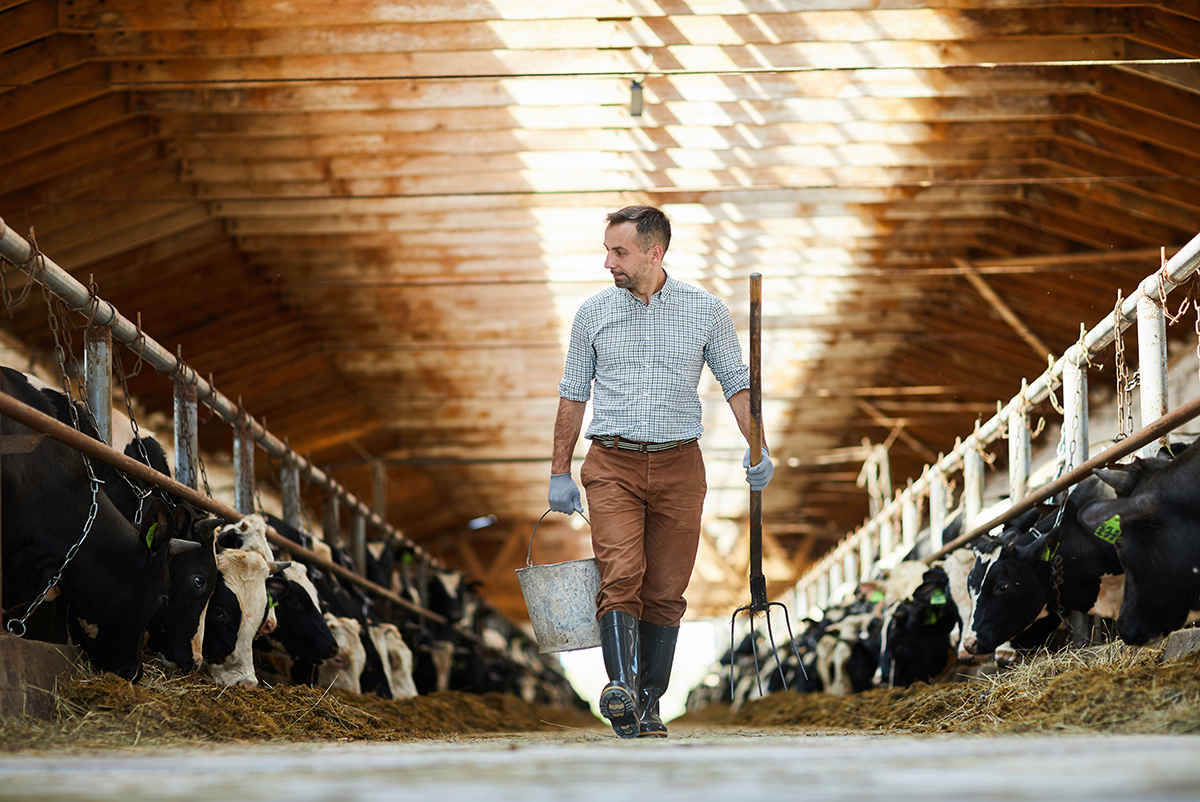
Tax deductions on farm returns
Farmers have a unique skill set that is becoming a rarity in today’s modernized society. While the number of family farms has been decreasing over the years, there are plenty of farmers out there who have profits and need to prepare an appropriate tax return.
Preparing returns for farmers requires its own set of skills, as farmers may deduct real estate and personal property taxes on farm business assets, expenses including depreciation on farm equipment, animals, etc.
In a recent webinar, instructor Brad Messner, MBA, EA, taught about returns for farmers, deductions farmers may take, the difference between hobby and for-profit farming, income averaging and more.
Below, you’ll find a few of the top questions from the webinar and their accompanying answers. If you choose to attend the on-demand version of this webinar, you’ll have access to the full recording and the entire list of Q&As.
Q: When purchasing property used in farming, can you depreciate any buildings or fences?
A: Yes, you would need to do an allocation of the purchase price to determine basis and then could depreciate the building, fencing, etc.
Q: Can you include the physical upkeep of the animals in veterinary costs?
A: If the physical upkeep is for the well-being of the animal, then yes. Presumably, this would be included in veterinary costs on Schedule F.
Q: If a taxpayer did not use income averaging in a prior year, can you amend the return and include Schedule J (Form 1040), Income Averaging for Farmers and Fishermen?
A: Yes, a taxpayer can make the election on a late or amended tax return if the period of limitation on filing a claim for credit or refund has not expired [Reg §1.1301-1(c)(1)].
Q: Will rental activity reported on Form 4835, Farm Rental Income and Expenses, qualify for the qualified business income deduction (QBID)?
A: As long as the activity rises to the level of a trade or business under §162, yes it will. Trade or business, as tested in court (Groetzinger), means that the presence of a trade or business activity was to be determined based on the facts of each case and that its presence was to be determined based on whether the taxpayer’s involvement in the activity is regular and continuous, and whether the primary purpose of the activity is for income or profit. Both of those factors must be present for a trade or business to exist. Importantly, the final QBID regulations cite these two tests of Groetzinger.
To learn more about farming returns, you can watch our on-demand webinar. NATP members can attend for free, depending on membership level! If you’re not an NATP member and want to join our completely free 30-day trial, visit natptax.com/explore.